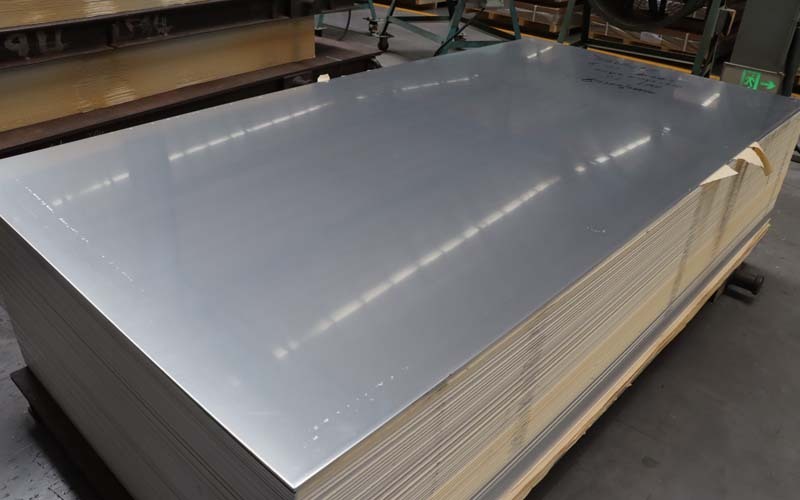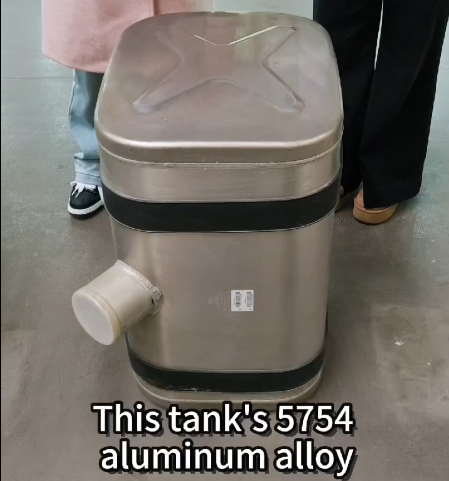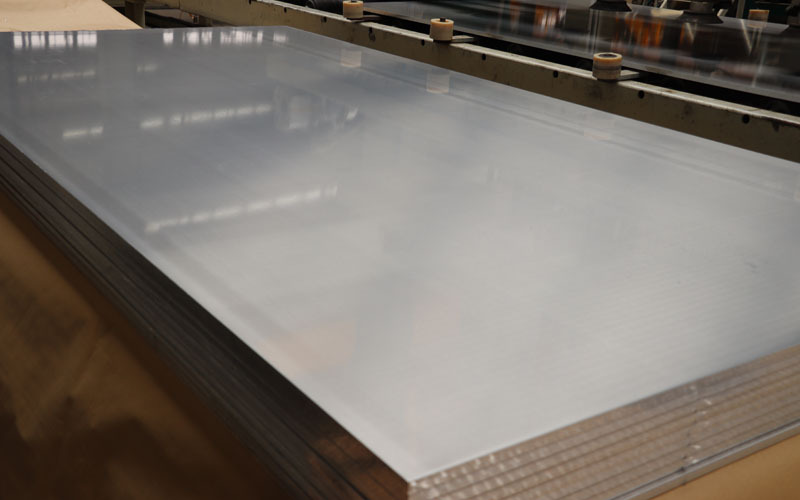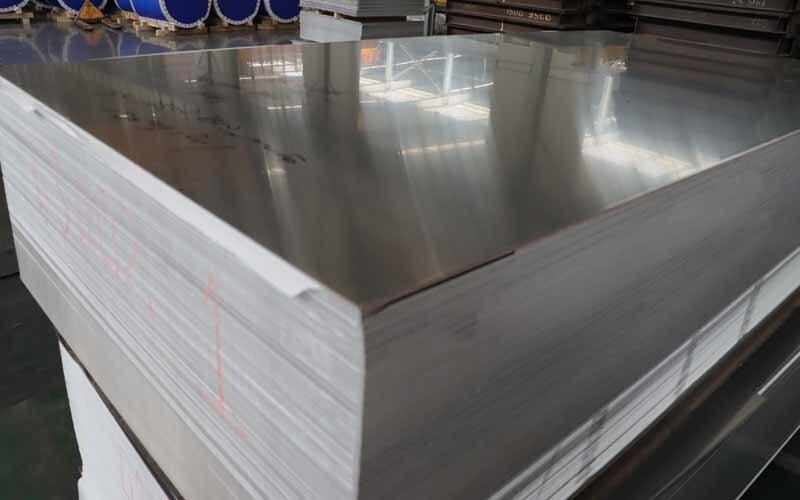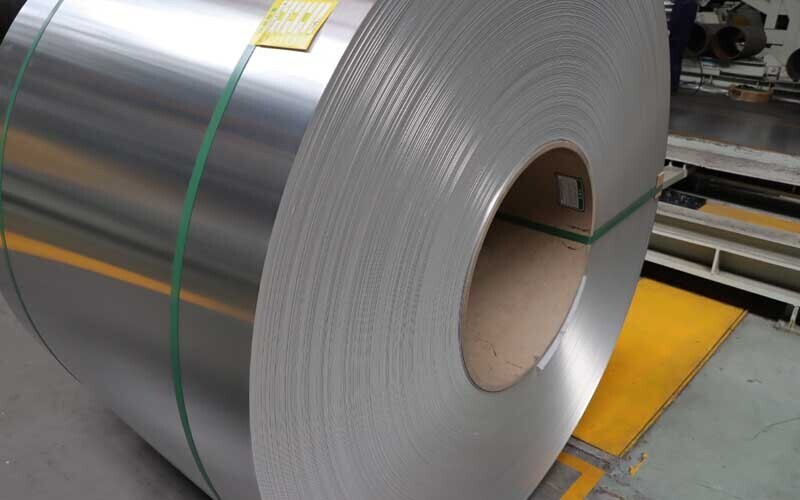
In order to control the cold rolling thickness, the thickness measurement must be carried out first. The thickness measurement can be divided into direct thickness measurement method and direct and indirect thickness measurement method.
Direct thickness measurement method uses a thickness gauge to directly measure the thickness of the rolled aluminum sheet and aluminum strip It is convenient and intuitive, but the disadvantage is that the measuring point is far away from the metal deformation area, and the adjustment delay time is relatively long, which is easy to cause the thickness of the aluminum sheet and aluminum strip to exceed the tolerance.
Direct side thickness can be measured with the following two thickness gauges:
1. Contact thickness gauge, such as micrometer thickness gauge, the thickness measurement accuracy can reach 1% mm, this type of thickness gauge is mostly used on rolling mills with relatively low rolling speeds, and is rarely used on high-speed rolling mills.
2. Non-contact thickness gauge, this type of thickness gauge has high thickness measurement accuracy.
Indirect side thickness method
The indirect thickness measurement method can immediately measure the thickness of the rolled product in the rolling deformation zone. When the thickness of the aluminum coil exceeds the allowable deviation during the rolling process, it can be quickly corrected to ensure that the thickness deviation of the aluminum coil is within a few microns.
The indirect thickness measurement method includes the pressure measurement method and the working roll gap measurement method.
1. The pressure thickness measurement method is adjusted according to the reaction force generated by the aluminum alloy on the roller during the rolling process. The greater the pressure reduction, the greater the reaction force. The pressure change is used to adjust the pressure reduction system to control the thickness of the aluminum coil. The disadvantage of this method is that sometimes the thickness of the incoming material is uneven or the roller is eccentric, which also causes the rolling force to change. It is difficult to determine the cause of the thickness change and the adjustment method used by sending signals according to the changes.
2. The working roll gap measurement method directly measures the roll gap change between the two working rolls. This method is generally achieved by measuring the displacement of the roll bearing box. The disadvantage of this method is that it cannot adjust the roll gap change caused by the elastic flattening of the working roll caused by the rolling pressure.
Therefore, a pressure gauge is also needed, which is to combine the pressure signal of the pressure measurement method with the roll gap change signal of the roll gap measurement method, so that the sensitivity of the roll gap measurement can be improved.
